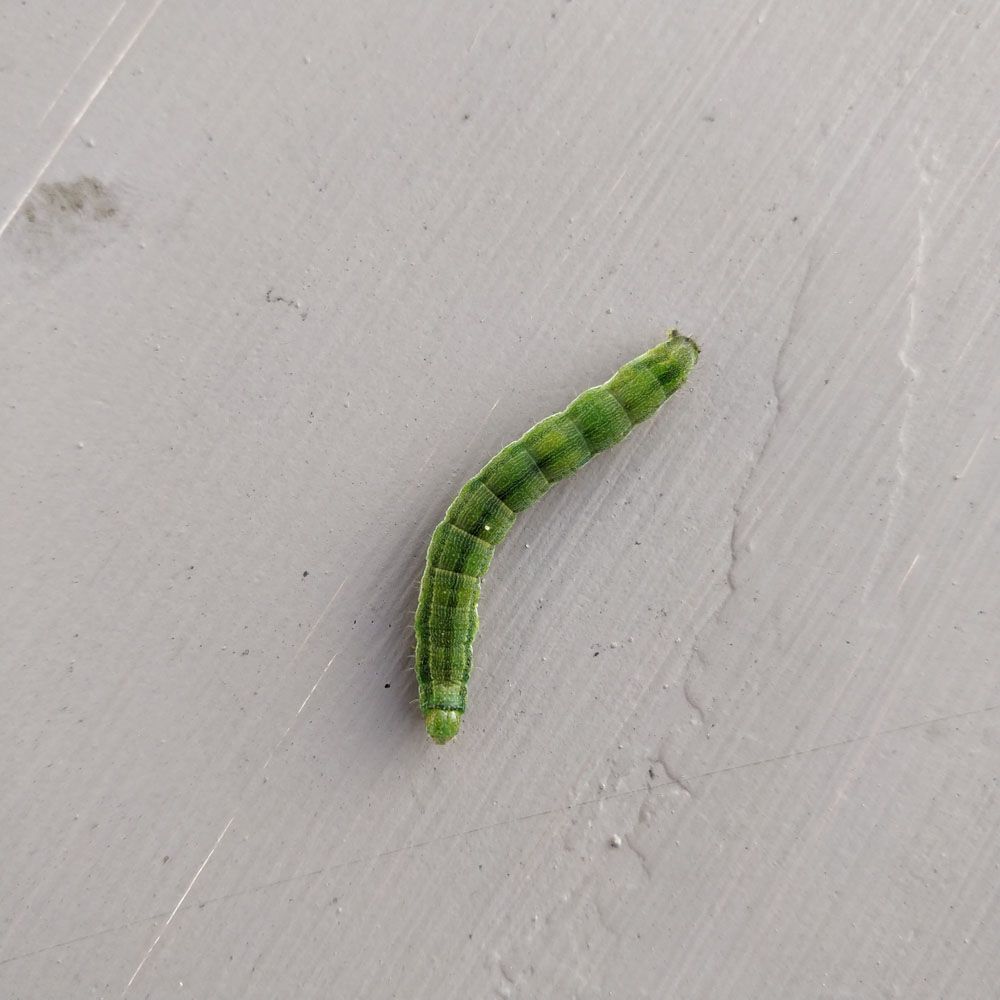
Fall Cankerworm – Alsophila pometaria
Fall Cankerworm – Alsophila pometaria
Common Name: Fall Cankerworm
Latin Name: Alsophila pometaria
Appearance:
- The females of the Alsophila pometaria, often known as fall cankerworms, are large, winged insects ranging in colour from brownish to silvery.
- The species’ males are grey moths with a few darker markings that create two lines across each wing. Eggs are very small and have the shape of a barrel.
- A black line goes around the egg’s top rim, and there is a very small dark dot at the top. The caterpillars of the fall cankerworm are loopers, meaning there is a gap between the first six legs and the last four legs (prolegs) of their body.
- This allows them to “inch” along as they crawl. These caterpillars can have a very light green colour with even more golden stripes, or they may have black lines running down the back and around the sides.
